Get More App Downloads And Monetize Your App.
MOBILE APPS
Mobile apps are software applications made for smartphones, tablets and other mobile devices. You can download most apps from the App Store, Google Play, and Amazon. As we all know, the IOS App Store and Google Play are the dominant App discovery platforms.
Mobile apps began as digital information and productivity tools. Mobile apps like calendar, e-mail, calculator, and weather information, helped people in carrying out their day-to-day activities more efficiently. Most of us did not see the onslaught. Today, a person spends 3.26 hours every day accessing digital content from his/her smartphone, tablet or wearable.
The use of mobile app will continue to grow, serving purposes ranging from gaming to weight loss. The growing availability of developer tools is also contributing to the high demand.
To ensure that your mobile application yields maximum ROI, you must invest your marketing efforts and money on a well-designed strategy.
I am going to help you devise a marketing strategy that can increase the download rate of your app.
GOOGLE PLAY & ANDROID
Google Play offers 2.8 million mobile apps, nearly 70% of which are free. This makes it the number one app distribution platform globally. The app market had net revenues of $3.1 billion in the last quarter of 2016 growing to nearly $10 billion by the end of 2017. As a technology giant, Google’s official app space offers categories like business, education, magazines, music, film books and TV.
APPLE’S MOBILE APPS STORE & iOS
The Apple’s app store is the second biggest applications platform offering 2.2 million apps. It has generated 140 billion downloads worldwide since its launch in 2008. As of 2017, 25.04% of all iOS apps are games, making them a clear frontrunner from business apps which account for about 10%.
Apps related to lifestyle, education, and entertainment are the other most popular options for users of mobile devices. Today, the average cost of an iOS gaming app is $0.48, while the combined average of games and apps is $1.02.
AMAZON APPS MARKETPLACE
The rapidly expanding Amazon App store currently offers over 700,000 mobile apps. It distinguishes itself by offering not only Android Apps, like Google Play, but also apps optimized for Kindle Fire tablets, the Fire TV, and Fire Phone.
HOW DO I MONETIZE MY APP THROUGH ADVERTISEMENT?
The irony of human nature is that most of the time, we do not want to pay for the apps we use most. Given a choice between downloading a free app and a paid app, free always wins. That is why 91% of all the downloaded apps are free.
So, how can you make money if people only want a free app?
The answer is simple. Create a free mobile app and make use of in-app advertising, add-on purchases or premium enhancements. Today, digital advertising via mobile apps has drastically enhanced the communication between advertisers and consumers. Therefore, if you are not placing ads in your mobile app, you are unaware of an opportunity for monetization. Following are five types of in-app ads that you can make use of:
Full-screenAds
Banner Ads
Advanced Overlay
Capture Form
Notification Ads
HOW DO I MONETIZE MY APP BY BUILDING EMAIL LISTS?
Research shows that an email strategy with your mobile app is a brilliant way to encourage more user engagement, which in turn leads to more revenue.
People rarely change their email addresses. This infrequency makes email marketing campaign a convenient way to ensure that users are seeing your content and are engaging with it. When you carefully time your emails, your business is at the forefront of a client’s mind, which increases the likelihood of a near future sale.
Wiselytics research shows the lifespan of a Facebook post is a few hours, and a tweet lives for just over 60 minutes. Email, on the other hand, lives for 12 complete days. Therefore, adding an email subscription form on your mobile app can help you generate leads. If your content is compelling, it will convince a user to subscribe.
HOW DO I MONETIZE MY APP BY SECURING PARTNERSHIPS AND SPONSORS?
Before we explore the theory, consider the partnered example of Optimizely and Localytics who offer mobile analytics as an integrated service. It means that if you can strike a partnership with another business, you can step up your app monetization game.
You will start by scanning for a potential partner with a similar customer base who can add additional value to the visitor’s experience. This integrated experience when executed correctly is a definite win-win situation. Hypothetically, when a visitor will see your brand elements on another app and will feel the familiarity, they might get interested in downloading your app.
HOW DO I MONETIZE MY APP BY CREATING STRONG CODE?
If your code is strong, other developers might approach you with an offer to re-skin your mobile app. You can license your code to them to make money without affecting your users’ app experiences. For example, a popular gaming app, Temple Run was re-skinned into Temple Run Oz as a film partnership.
Additionally, after your business has earned enough from your app, you can sell it to a developer who desires to use your existing code to create a new app. You can use Apptopia to assist the buying and selling of your app.
HOW DO I MONETIZE MY APP BY OFFERING IN-APP PURCHASES?
I spoke earlier about the viability of in-app purchases. They help you generate revenue from your free mobile app and give your customers an option to interact directly with your product.
You can offer products to the visitors directly from the app that can be processed and shipped. Or, if you are a service-offering-business, then your customers can opt for an in-app billing.
The cons of an in-app purchase are that the developers walk a fine thread between giving too many free options and proposing too few paid features. Therefore, it is advised to strike a delicate balance when using this monetization method.
HOW DO I MONETIZE MY APP BY MAKING FREE/PREMIUM VERSIONS?
If you are unable to find a balance between the free and paid features of your app, then cut the chase and create a free and a premium version. By launching a free version, you are giving your target audience a glimpse of what is in store for them. If your visitors can sense a purpose that your app fulfills, they will be compelled to buy the paid version.
Remember, if your users do pay for your app, the responsibility is on you to make it cash-worthy for them. It will also ensure positive user reviews and organic word of mouth of your app.
Getting downloads for your app requires a purpose. Why do you want people to download your app? What will it do for them? How will it enhance their lives, solve their problem, make the experience with your brand better?
Obviously, for paid apps, the number of downloads directly leads to revenues. For free apps, more downloads mean that the business can speak to a larger audience, communicate its value and power as a brand, or earn more through advertisements. So, whatever the purpose of developing a mobile app may be, the number of downloads is pivotal in determining the success. There are many ways to increase the number of app downloads. The most important are to improve your app store ranking. That process is called App Store Optimization.
App Store Optimization:
App store optimization, similar to search engine optimization, is the process through which we can improve the ranking on search results. Though unlike SEO, ASO is a new phenomenon and is not well known. Higher ranking on app store searches leads to more downloads. That applies to all app stores including Google Play, iOS App Store, Amazon Apps, etc. The important factors that lead to better ranking are:
1. Title:
Just like SEO, the title of the app is the key for active ASO. The most relevant and searched keywords should be used in the title. Multiple keywords can and should be included in the title and description. But make sure they relate to the purpose of the app. Your title needs to get across what the app does with important keywords in 50 characters. Make it count.
2. Description:
Usage of keywords in the description will also lead to better search results. But, it is important to create the right combination of keywords and user friendliness of the content. You also want to ensure the readers get the right information that attracts, educates and tempts them to hit the download button. You have 4,000 characters to make this work. Screenshots and other images will also help
3. Total number of Downloads:
Higher ranking leads to higher number of total downloads. The reverse is also true. The app stores always give a higher ranking to apps with more downloads, which emphasizes the importance of title and keywords.
4. Ratings and Feedback:
Ratings and feedback are vital for customers decision making. People trust what other people say. Providing a quality app experience will reflect in your ratings quickly. All app stores give a better ranking to the apps that have better user ratings. So, it is important that you develop your app in a way that fulfills the promises made to the users in the description.
These are the major factors that shape a successful ASO process. The process is slow and does not assure instant results just like SEO, but it is important to keep all these factors in mind while creating and marketing your mobile app.
WHICH APP MARKETPLACE PAYS BETTER?
The Apple Inc.’s App Store pays the highest. You need to understand that the App Store and Google Play entirely control the mobile app ecosystem. Interestingly, Google Play has a higher Average Revenue per User (ARPU) than any other app store.
The Amazon Mobile Apps topped the ARPU in 2016, ahead of Apple. However, Apple defeated Amazon by a significant margin on their total users’ count. Nonetheless, when you take account of the number of downloads; Google Play leaves everyone else behind. The following reasons explain why The App Store pays better than everyone else:
iPhone’s iOS apps users are from comparatively the wealthy strata of society compared to other smartphone users. It is a premium niche which marketers give the most focus to.
Nearly all iPhones have a credit card incorporated with its payment system.
The majority of iPhone users are online all the time.
iPhone users adapted to the app mania earlier than Google Play, Amazon Apps, or Microsoft Windows Phone apps users.
On the other hand, Android smartphone users comparatively use low-end or mid-range mobile phone models.
Therefore, irrespective of the platforms you choose, it is mandatory to sync your monetization strategies with the preferences of your target audience to eventually witness a steady surge in your mobile apps downloads. The team at Hound Dog Digital

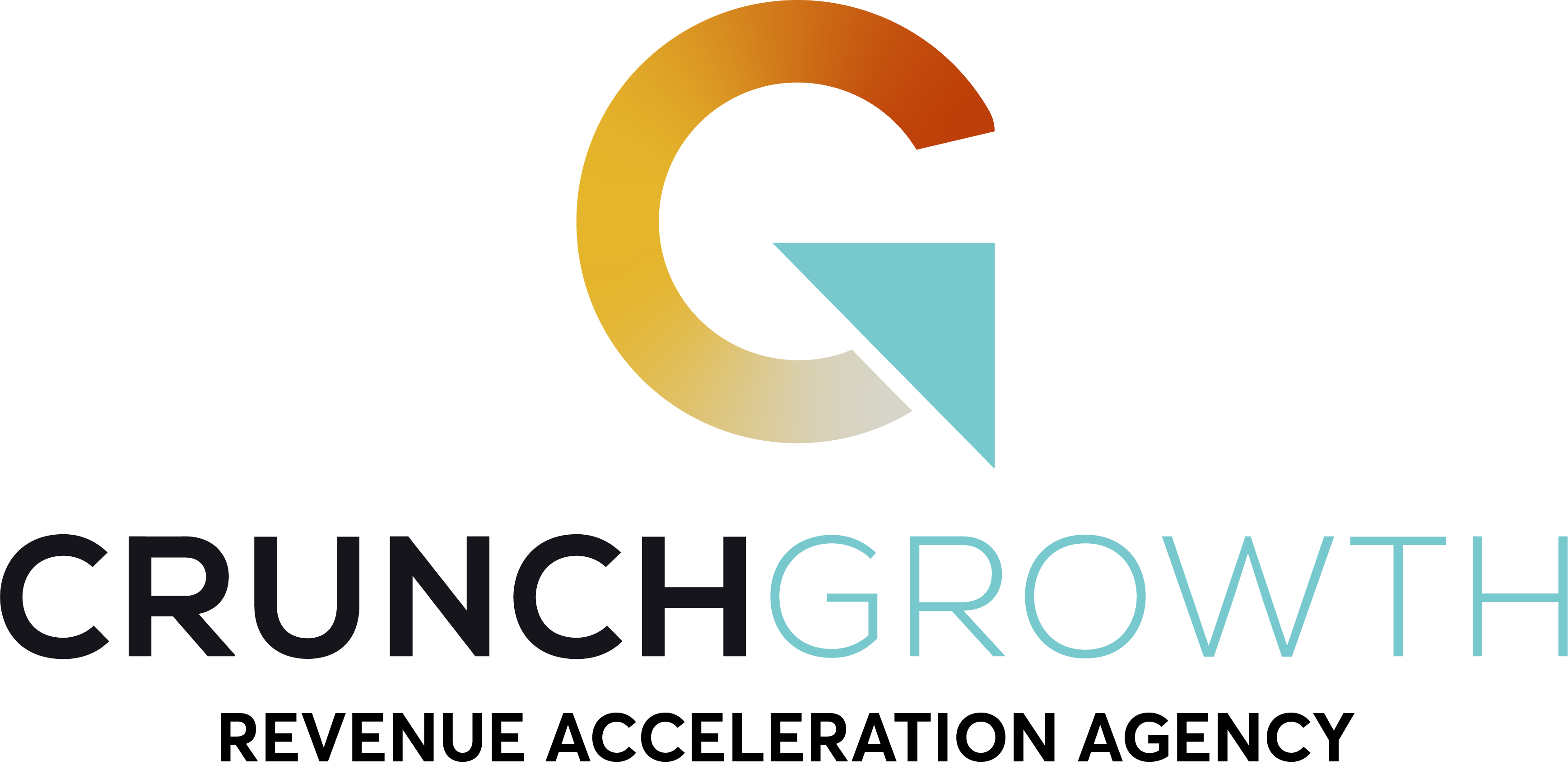

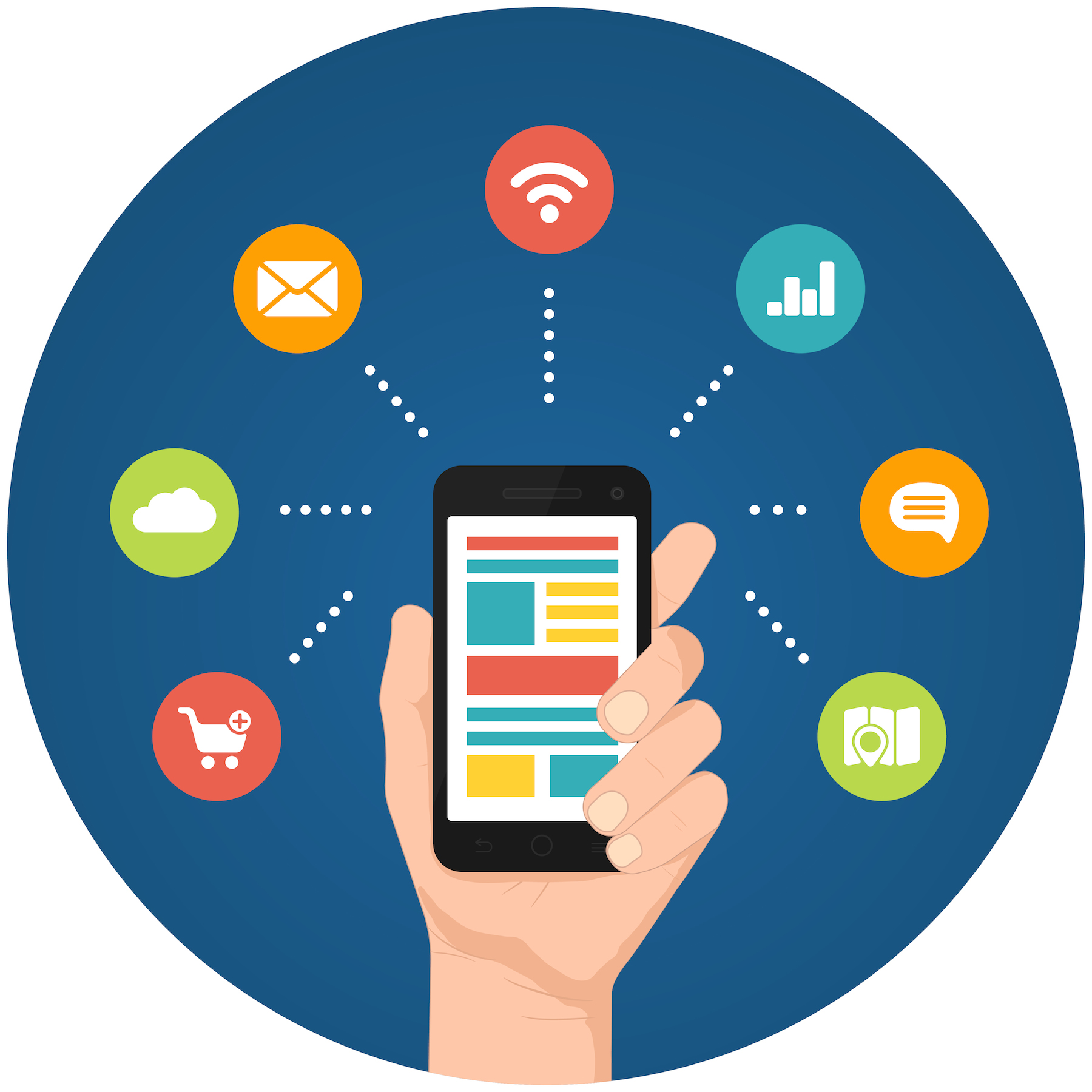
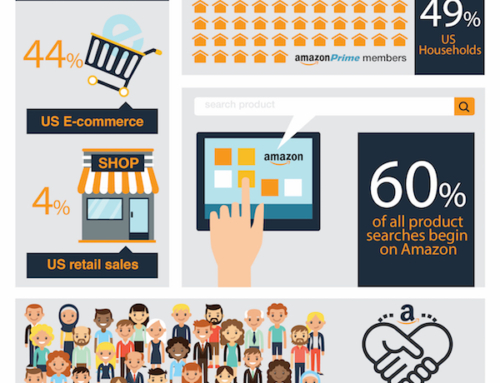
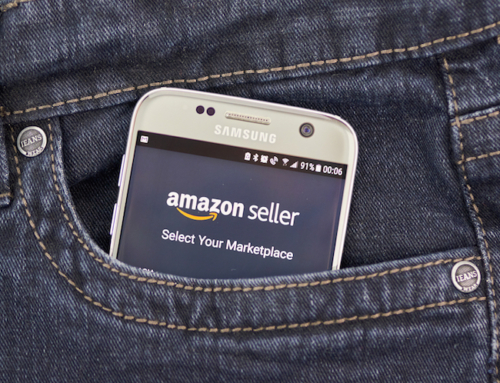

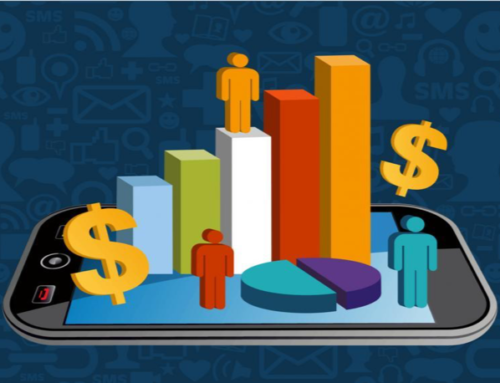

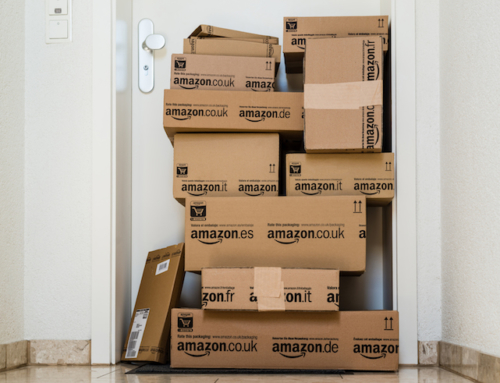
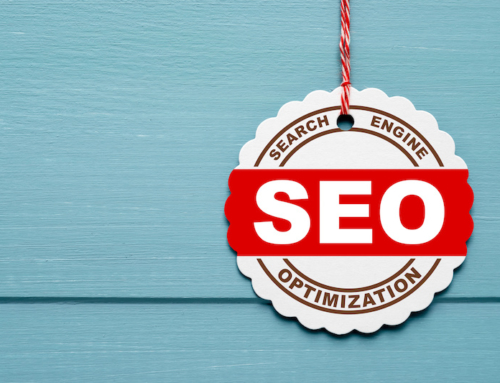
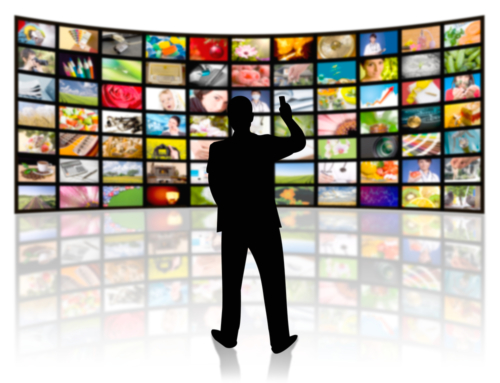
Leave A Comment